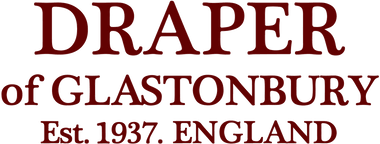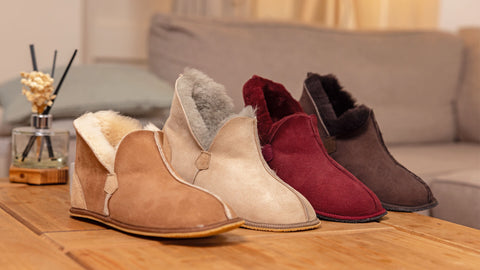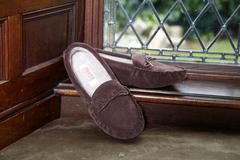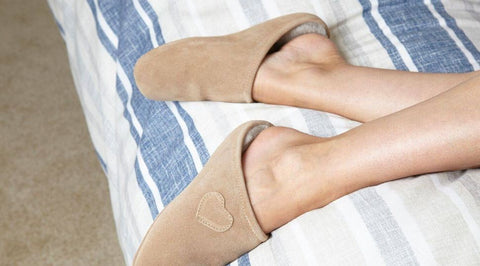Shearling, as can be understood from the name, is the skin of the sheep, and the things made out of the same such as shearling sheepskin slippers, boots, gloves, coats, etc., are shearling products. Owing to the wide array of benefits offered by shearling, the items made from shearling are in great demand and extremely popular among people. However, the shearling items happen to be costly in nature as compared to similar others, but the price paid for these items is completely worth it. Moreover, the shearling sheepskin items are durable in nature and hence last for a duration of time. So, it can be considered as a one-time investment. Now, let us delve a bit deeper into the topic to get an idea about the history of the industry in Somerset.
A Brief on Sheep Farming
Sheep were one of the first animals to be domesticated, which started about 12000 years ago. The beginning of the wool trade is believed to have occurred around 9,000 BC in the Middle East. Moreover, there is archaeological evidence of the existence of the first settlement in that place. Over the next 2000 years, sheep are expected to have been traded and sold across the whole of Europe with the expansion and development of civilizations.

No clear evidence is available to show when the first sheep arrived in Britain or even Somerset. However, it is believed that around the time when Glastonbury Abbey was starting to gain significance throughout the country, there was a tannery built. Although there is no physical evidence of this tannery, at the time when you look in Glastonbury, England, there are a number of mill streams. This, in turn, gives an indication that any one of these mills could have been used as part of the tannery.
Increase in Wool Trade
The wool trade continued over the next 2 centuries with a significant increase. The wool trade expanded on such a scale that it became the biggest export and boosted the economy almost three times. The tanneries were in use in Somerset. There was an abbey tannery of the 12th Century located in Old Cleve near Minehead, and it operated until the 1980s. The wool would then be exported via Bridgewater docks to either Cardiff or Bristol to do their trading.Birth of shearling Slippers
The next major occurrence in the Somerset shearling industry was the opening of a tannery by Arthur Clothier on the outskirts of Glastonbury, Somerset. The tannery was built on one of the mill streams that is expected to have previously belonged to the Abbey. Sometime later, Arthur Clothier appointed an apprentice Cyrus Clark who in 15 years opened a factory in the Street that became one of the biggest shoe factories in England, UK. Cyrus Clark then began manufacturing rugs, and sometime later, his brother James joined him. Later, James began using the short wool skins that were not sufficient to make rugs to make slippers. It is exactly where shearling slippers came into existence.
This new idea made the brothers famous after James went touring with the slippers. The skippers made from shearling gained a lot of popularity and became quite famous. Two years later, in 1851, shearling slippers produced 21000 pounds in comparison to only 7000 pounds from the shearling rugs. Later at the time when John Morland, son-in-law of James, became part of the family in 1870, he helped to bring about a separation of shoemaking from shearling tannery and manufacturing unit. Then he brought a factory in Glastonbury, Somerset, which could be the same one that Arthur Clothier owned, but clear information is not available on this. John Morland believed that the site in Glastonbury was suitable for tanning shearling because of water source was readily available.
See more the history of sheepskin and its interesting facts
Slowly and steadily, shearling slippers, as well as other shearling sheepskin products, gained a lot of popularity over the years and today, shearling products are very much preferred among the users.








